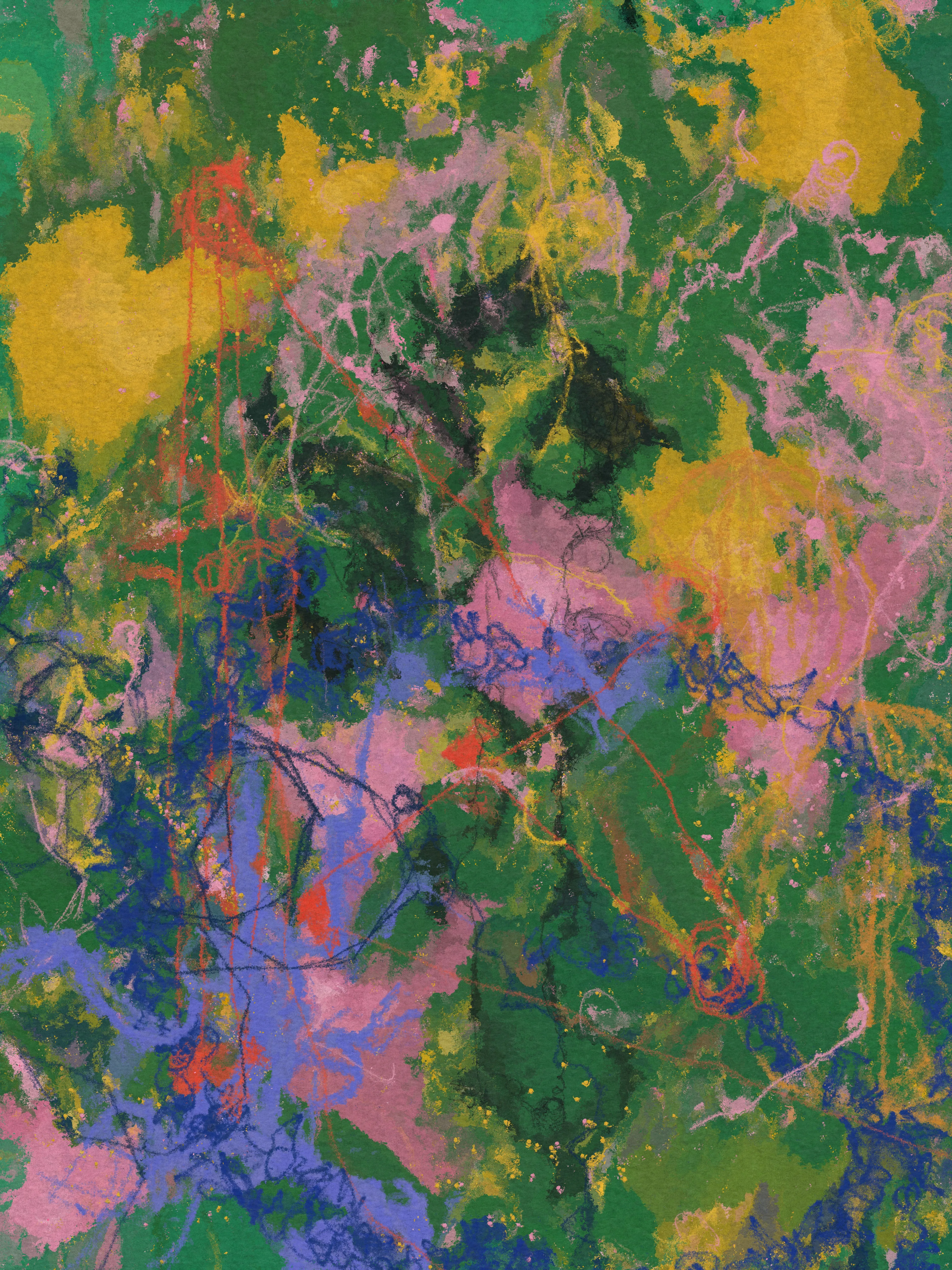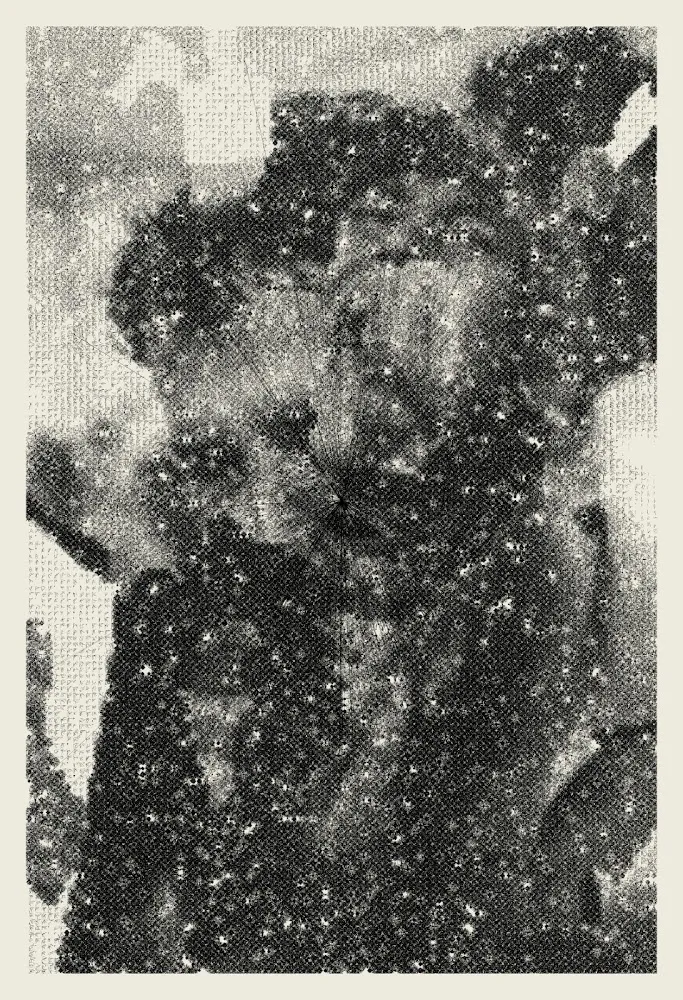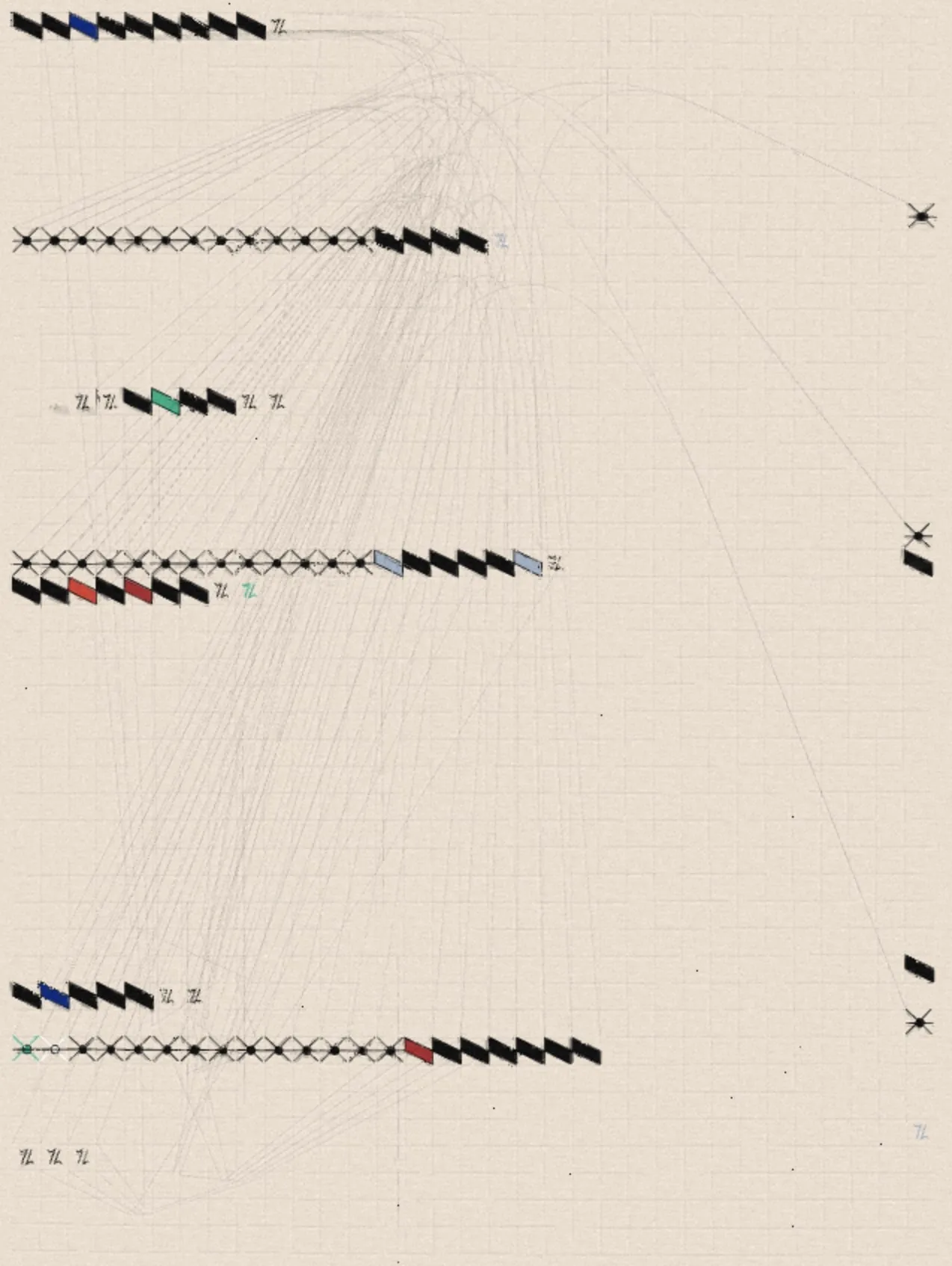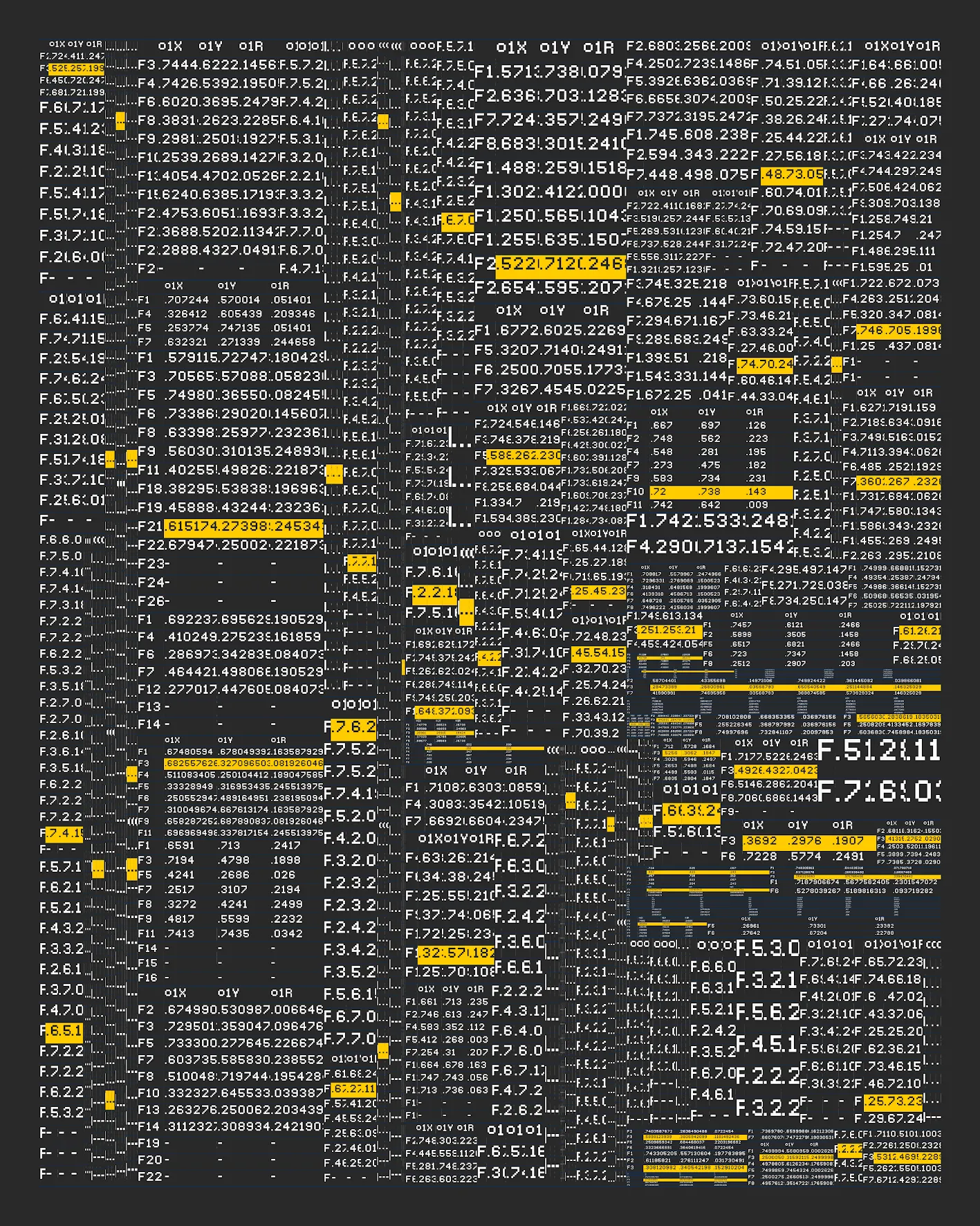Subscribe to get the latest on artists, exhibitions and more.
Rudxane’s 'Bootleg': Exploring Time and Ownership in a Digital Age
Bootleg is a 1/1 conceptual work on Bitcoin created specifically for the Grailers DAO and Singular group exhibition on Verse, All At Once. Playing with the themes of time and ownership, rudxane is selling the algorithm Tijd within the work in its entirety, leaving control over the number of child inscriptions generated open to the buyer. The delineation between the work’s title Bootleg, and that of the algorithm, Tijd, opens up a complex examination into the nature of interaction between the artist and those engaging with the piece.
"Time present and time past are both perhaps present in time future, and time future contained in time past." T. S. Elliot
On a fundamental level, every work of art on Bitcoin is about time. The choice to inscribe on to the blockchain itself carries within it the dichotomy of a permanence that feels almost timeless, while the synchronicity of a blockchain’s nodes means that time is also an essential, inescapable constant. Bitcoins’ immutability, its decentralised alignment, lies at the core of its value. Its linear, chronologically ordered blocks provide both provenance and a fascinating framework for artists to explore time’s fluid, potentially polyvalent nature.
Away from the certainty of blockchain, Damien Hirst’s recent controversy around back-dating highlights the ambiguity and interpretive aspect of time. Hirst's The Unknown (Explored, Explained, Exploded), 1999, was in fact created almost two decades after the date ascribed to it. Hirst’s company, Science Ltd, clarified that the date in the title represents the conception of the work, not its physical creation. They stated, “Formaldehyde works are conceptual artworks, and the date Damien Hirst assigns to them is the date of the conception of the work. He has been clear over the years when asked what is important in conceptual art; it is not the physical making of the object or the renewal of its parts, but rather the intention and the idea behind the artwork.”
The strength of the debate around this highlights not simply time’s cultural importance, but also its potential to be altered by perspective. As rudxane puts it, “I love working with the idea of time since it can be interpreted in a variety of ways.”

Bootleg sees rudxane drawing inspiration from Partituur, a work by Mexican conceptual artist Ulises Carrión. Partituur’s abstract musical score and its interactive nature introduce both a temporal and reflexive aspect to the work that is mirrored in Bootleg’s Algorithm Tijd, whose output displays the units of time from the Gregorian calendar in a nonrepresentational form along a grid structure. By taking this approach, rudxane juxtaposes Bitcoin’s beautifully ordered version of reality, with a far more unanchored, and potentially messy understanding of time, born out of the conceptual work of artists such as Carrión and Sol LeWitt.
“The idea becomes a machine that makes the art.” - Sol LeWitt, Paragraphs on Conceptual Art, Artforum, 1967
Much like Carrión, LeWitt’s practice deconstructs the notion of what constitutes an artwork. His Wall Drawings in particular, have become a defining moment in modern art history. These works provide viewers with a simple set of instructions for the creation of the piece, emphasising the conceptual over the physical execution.

Both LeWitt's and Carrión’s instruction works shifts the focus from the finished product to the process and idea behind the work, challenging traditional perceptions of art and authorship. This raises further questions about the role of time and need for interaction in the completion of an artwork. Is the individual following instruction creating a new work, or augmenting the existing piece? Does the artwork require the engagement of a third party to be fully realised? If so, when is the work finished? What time should be ascribed to it? These ideas echo loudly in generative blockchain art, where time is not merely a philosophical question but an essential function of being. The mint process that is central to our understanding of art in this context is equal parts an act of engagement, creation, and purchase.
By selling the algorithm itself, rudxane plays with these established concepts, elegantly examining ideas around creation, ownership, and the participatory nature of the artwork. At what stage is the piece created? Is the algorithm itself the work, or its outputs? Alternatively, is the final piece found in the interaction between the algorithm and the party minting, or does it exist in an artistic quantum state, full of latent potential, outside of time, at once both finished and unrealised?
In rudxane’s view, by making a decision around the implementation of the algorithm, the collector becomes an integral part of the work itself, “either choosing to leave it as a conceptual piece or generate an undefined amount of outputs, with either curated or random hashes.” Rudxane further elaborates, “With some of the new standards introduced with Ordinals (Recursion and parent/child relation for provenance) it feels like there’s a truly unique way of making a collector part of the immutable provenance of a series.”
Bootleg will be revealed on June 17th, 2024.
rudxane
rudxane is a visual artist from Amsterdam, working on small interactive websites and code based art using HTML, CSS and Javascript since the 90s. Currently exploring the interplay of artist/machine through the generative medium by introducing human characteristics in a generative system.
rudxane’s work was featured in the All At Once exhibition, presented by Grailers DAO and Singular.
GrailersDAO
GrailersDAO is a community focused on supporting and collecting high end blockchain based Art, aiming to support generative artists and the broader art ecosystem. Artist members include but are not limited to Stefano Contiero, Tyler Hobbs, 0x113, Kim Asendorf, Rudxane, Eric De Giuli, Zach Lieberman, Rich Poole, Iskra Velitchkova, Emily Xie, Steve Pikelny.
Singular
Singular is a platform that aims to support conceptually, technically, and/or culturally-compelling works on Bitcoin through bespoke curation and technical solutions. Singular is one of the only Bitcoin-based platforms to handle a work’s full lifecycle, from concept design and curation, to technical implementation, to primary market release, and post-release support.



